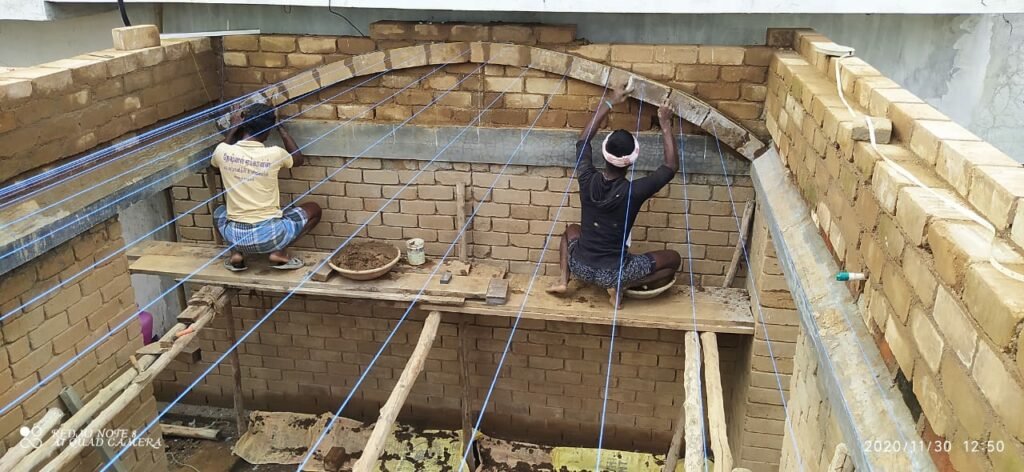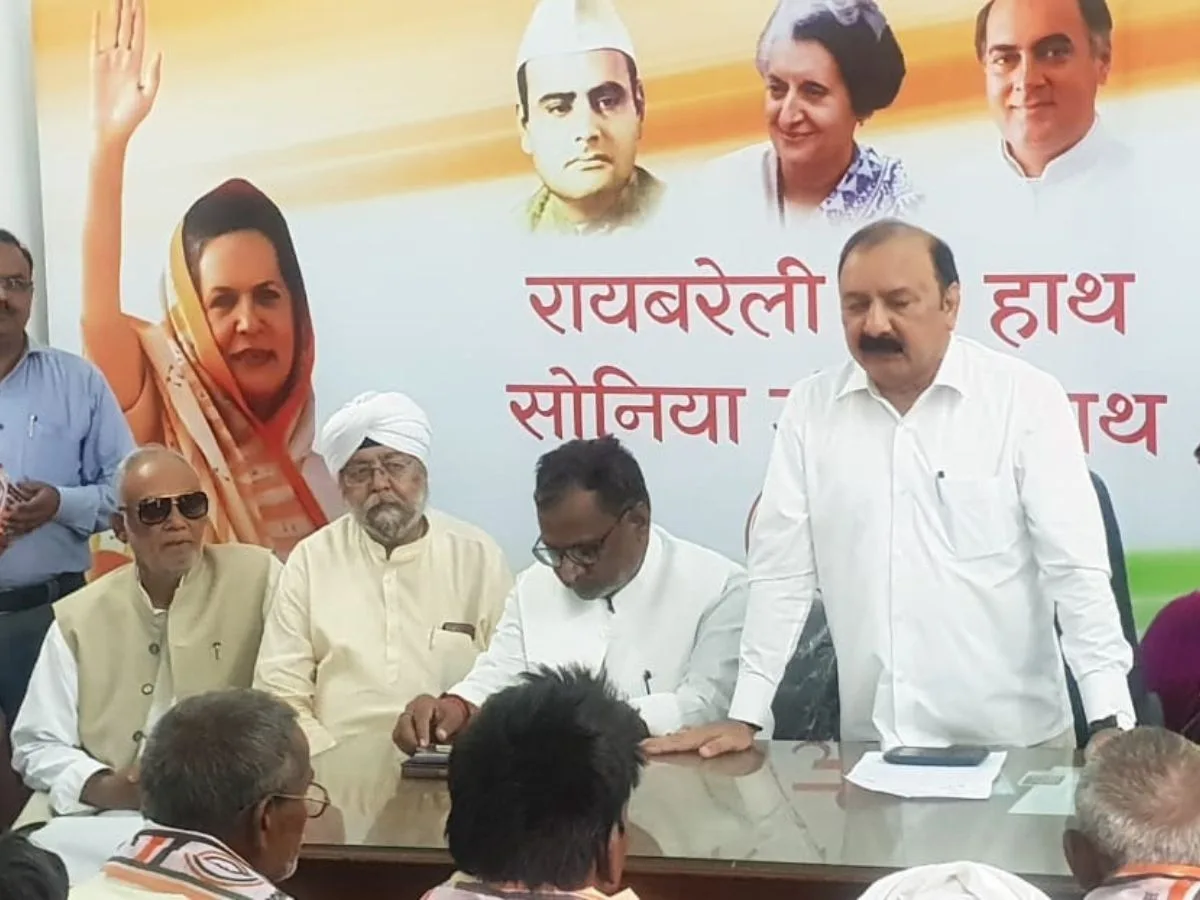Read in : தமிழ்
A couple of years ago, when A. Jegadeesan decided to construct a house in Annamangalam in Perambalur district, he set himself two conditions. The house would be constructed only by using unfired mud bricks and no tree would be cut for making doors and windows of it.
But the self-imposed conditions were tough to meet. Jegadeesan managed to find some wooden doors and window frames of a demolished house at a fire-wood shop near his house in Perambalur. After a couple of rounds of polishing and seasoning, the wood regained its charm.
For the bricks, finding the right kind of mud was easy, but converting the mud into bricks involved patience and a lot of physical labour.
The next idea was to reduce the use of concrete as much as possible. Jagadeesan, a civil engineer who also did two brief courses in techniques to construct arches, vaults and domes at the Auroville Earth Institute in Puducherry, wanted to focus on vernacular architecture. So he was in constant search for natural materials available in and around Annamangalam.
For the bricks, finding the right kind of mud was easy, but converting the mud into bricks involved patience and a lot of physical labour
As a child, he had seen many houses made of mud bricks but they had given way to concrete ones today.

“Making the mud bricks was challenging. Finding the right kind of mud was easy but the workers who I got from Perambalur were not used to making the traditional mud bricks. They were only good at building concrete houses. They took a long time to produce the bricks. So I had to spend a lot of time with each,” recalled Jegadeesan.
Also Read:
From daily wager to construction firm owner, Selvam’s success story is one of sheer grit
When mosques in Tamil Nadu took on features of temples
But not fire the bricks? “You need a lot of wood to fire the bricks in a brick-kiln which means you need to cut down a lot of trees. The unfired mud bricks are stronger than the fired ones,” he added. Although his idea was to make an eco-friendly building following the footsteps of the British-born Indian architect Laurie Baker (known for his initiatives in cost-effective energy-efficient architecture and designs), the cost went up mainly due to unskilled workers.

The most significant parts of Jagadeesan’s house are the arched roof and vaults made of mud bricks. It was to avoid concrete that he adopted this method.
“I have used unfired mud bricks with mortar to fix the roof of my house. I followed the arch type with proper elevation. Even though it looks like the traditional Madras terrace roof, I haven’t used wooden beams in this method,” he said. Arches and vaults using mud bricks and mortar play a major role in the house.
However, Jegadeesan has had to do a lot of explaining about this. “Everyone asked me whether the arches and vaults would carry weight. No one could believe it, but I explained to them the purpose of each. I even climbed atop the big arch that I constructed and even sat on it to make them believe,” said the 31-year-old, who picked up the special skills from the Auroville Earth Institute in Puducherry.
The most significant parts of Jagadeesan’s house are the arched roof and vaults made of mud bricks. It was to avoid concrete that he adopted this method
With the construction of a 1200-sq-ft mud brick house, Jegadeesan has proved that a building can be constructed using the materials available in and around the site. The staircase is made of wood collected from a firewood shop. A tank that he made for rainwater harvesting using mud bricks can hold more than 20,000 litres of rainwater. For grills and frames, he used the chain sprockets of old bicycles.

Asked whether he could give the percentage of concrete used, the innovative civil engineer said it was only 30 percent as some pillars and joints needed it.
The overall expenses for the construction came upto to around Rs 19 lakh — beyond what he had expected, he admits. If he had got a group of skilled workers, Jegadeesan said the cost would not have gone this high.
And a couple of months ago, Jagadeesan shifted to his new house that he named “Thaiman Veedu” with his family. He is happy because he gets a number of visitors, mainly people from outside his village. They all want to know how the idea of vernacular architecture works. Jagadeesan wants more people to make eco-friendly houses. “I am ready to help them,” he said.
Read in : தமிழ்











